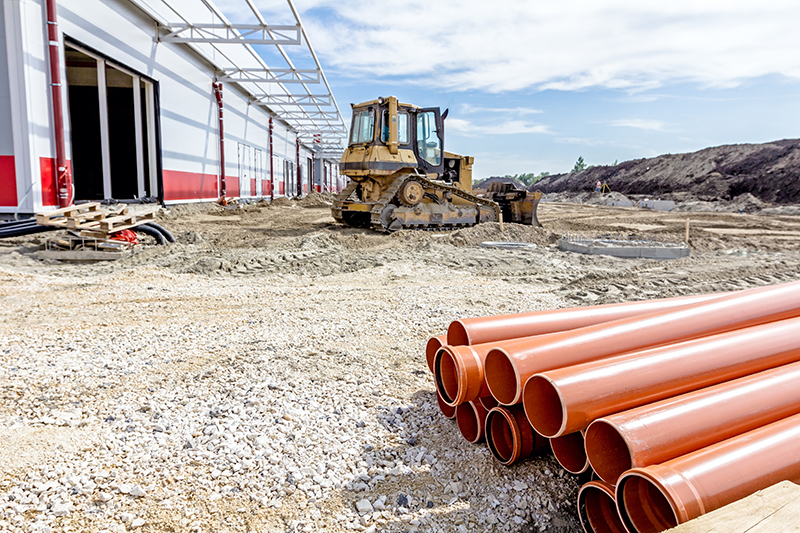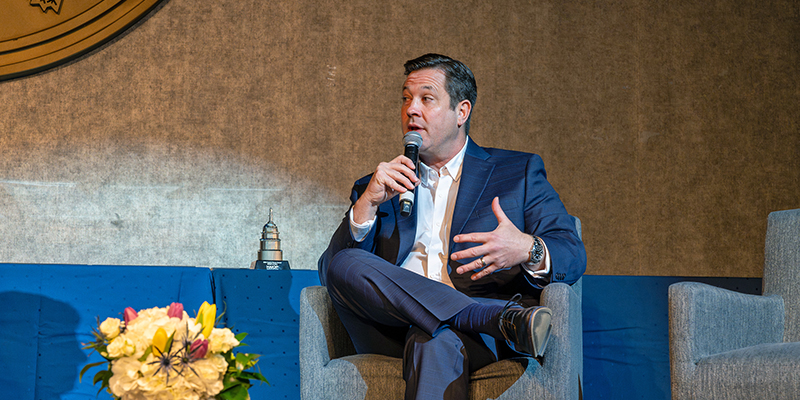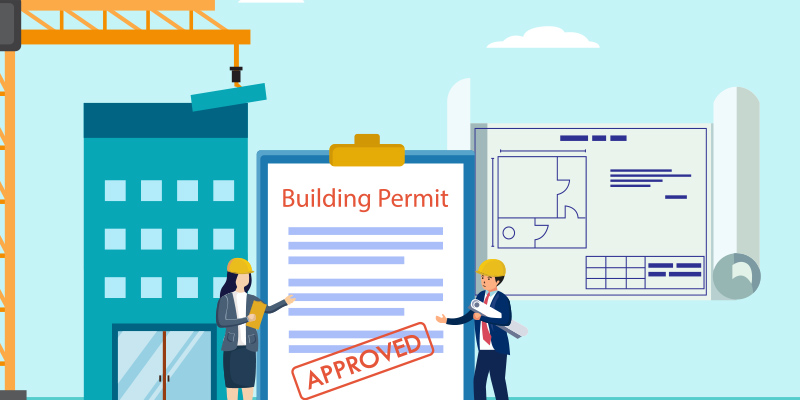Though the real estate industry has seen a development rebound over the past decade, rising construction costs are weighing down the buoyant market. The persistent skilled labor shortage makes staffing and maintaining sites expensive. Materials are pricier, and now tariffs on steel, aluminum and lumber imports may only make the problem worse. At the same time, interest rate growth is converging with all these issues, making project financing more difficult to obtain and more costly.
A recent survey of top construction lenders conducted by Construction Lender Risk Management Roundtable found that almost two-thirds said they saw projects running over budget either more often or much more often, and 87 percent said they saw projects running behind schedule, driving up the risk of project defaults and unfinished sites.
Everyone involved in the built environment — including real estate investors, developers, lenders, contractors and architects — is looking for ways to keep costs down without sacrificing quality, as well as eliminate the delays, mistakes and course corrections that bust budgets.
At Skender, we recently released the “101 Ways to Build Smarter” report, which provides insight from our corporate real estate, technology industry clients and project partners over the past six decades. The advice in many cases is straightforward, but when employed comprehensively can have a huge impact.
Here are seven suggestions that center on the key budget pain points: people, processes and project materials.
- Go Lean. Start by hiring an integrated design and construction team with experience in Lean Construction, our industry’s take on the Toyota Way. These pros will share a focus on reducing wasted materials, time and labor costs.
- Engage end-users early and often. The users of the space, particularly the final-stage planners, are the ones with the core knowledge of what will meet their needs. If those needs change during the process, knowing sooner rather than later will reduce the need to redo, redesign or reconstruct — all activities that could add to the cost and schedule.
- Kick down the wall between project phases. Remove the imaginary wall between preconstruction and construction. Dedicated construction experts add value at every phase of a project, from planning to design to construction and beyond.
- Quality labor, quality product. Enhance project quality by seeking out qualified subcontractors first, and THEN negotiate price — reversing the process of working up from the lowest bid.
- Lock in pricing to hedge against rising interest rates. In an inflationary environment, lock in materials and equipment costs as soon as possible. As prices escalate, it often pays off to pre-purchase materials to avoid price hikes.
- Build lighter and smarter. Bigger is not always better. Sometimes owners ask for materials and equipment that are larger or more powerful than their anticipated use requires. Rely on contractors’ experience, which may call for less expensive options.
- For owners, installing smart tech now can mean big facilities management savings later. Installing certain technologies that represent cost increases during construction can deliver large future savings, such as remote programming of HVAC and security systems.
Building smarter from start to finish means assessing a project’s needs from the outset, putting together a collaborative team with construction expertise at every stage, and choosing and using materials in a thoughtful way. Together, these measures will put you on the path to an on-budget completion.














